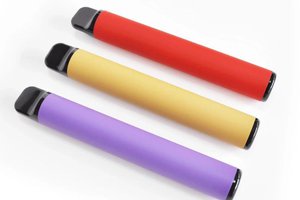The prototype of this project is created with:
- A 550 mAh 3.2 V LiFePO4 cell
- A #LiFePO4wered/Solar1 prototype to charge the battery
- A 5.5V, 0.6W monocrystalline solar cell
- A Silicon Labs (formerly BlueGiga) BLE113 module
- A beeper that works very badly (better solution needed)
- And a IP65 enclosure
The BLE module is configured as an iBeacon and allows connections. It has a battery service and an "Immediate Alert" (AKA "Find me") service.
The idea is that a blind person uses a navigation app, and can query to see "what is around". In the list of beacons that are around, they can tap the one they want to know the location of and it will start to produce an audible signal for a short time. The activation mechanism ensures that the beacons don't become a nuisance for other people, and it also makes it so the blind user can determine by the timing (cause and effect) that they were the one who activated the beacon, helping with beacon identification in case there are multiple blind users activating beacons in the area (think conference for the blind).
I may create a simple test app as a prototype vehicle, but I really hope to get this type of technology integrated with existing travel apps for the blind.
 Patrick Van Oosterwijck
Patrick Van Oosterwijck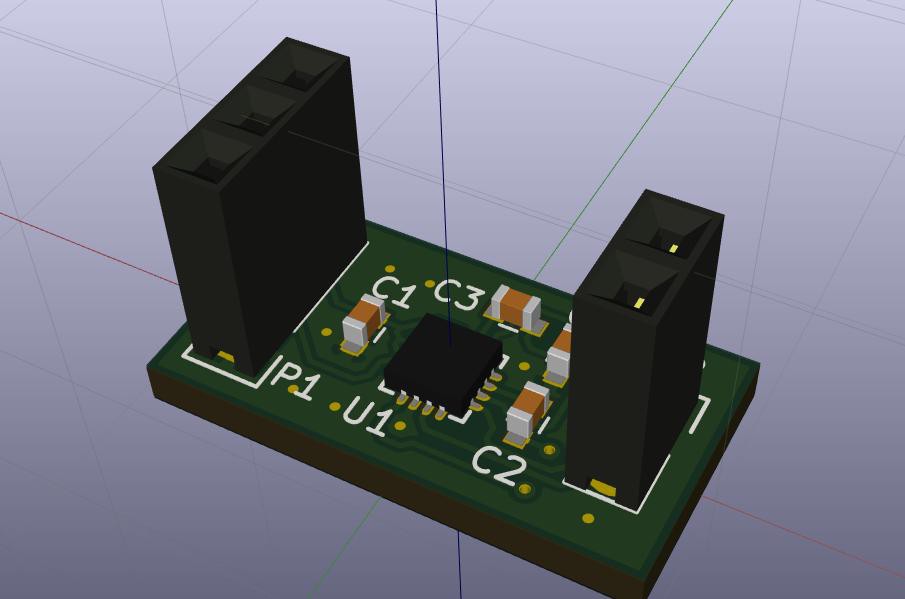
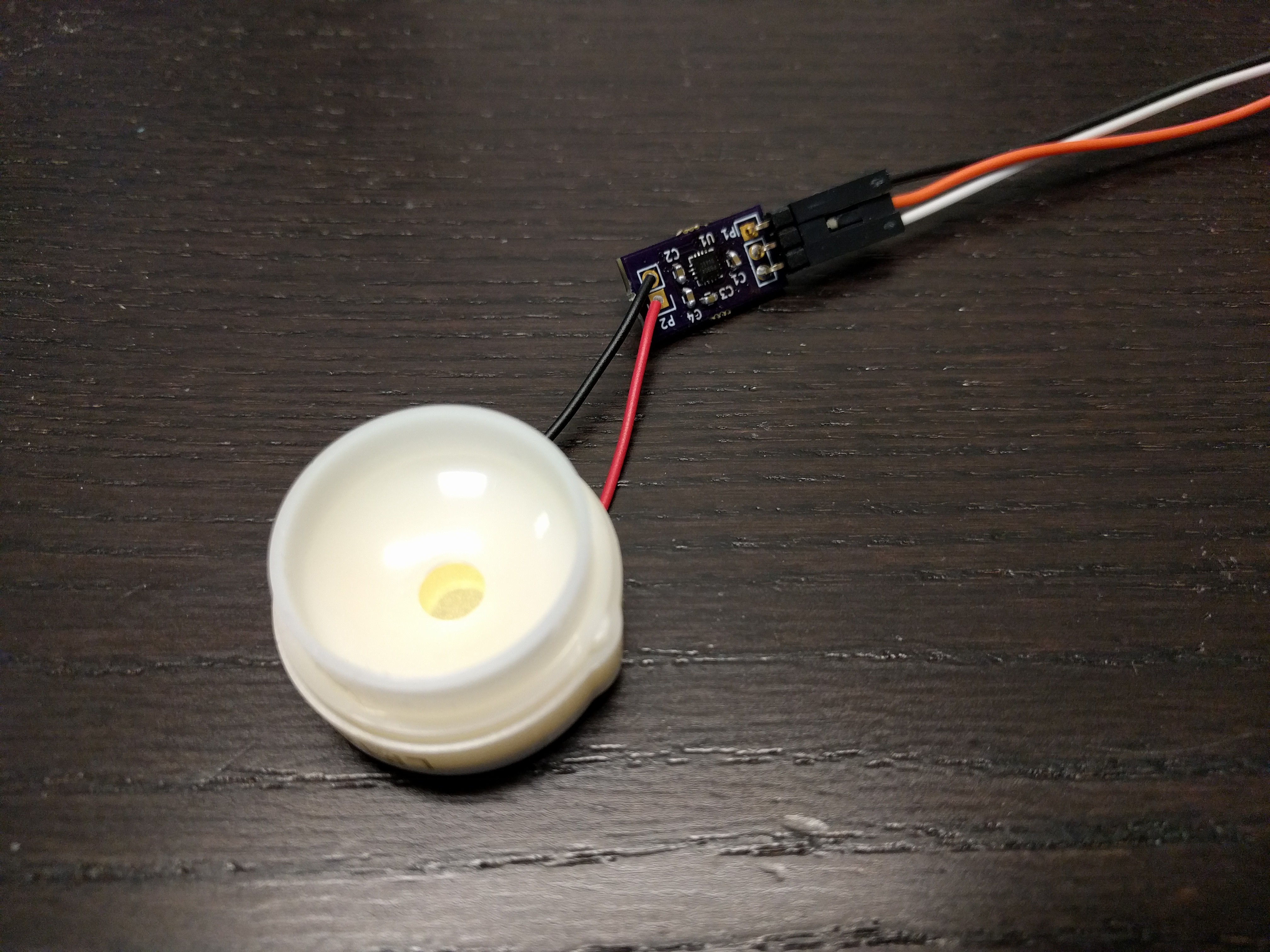
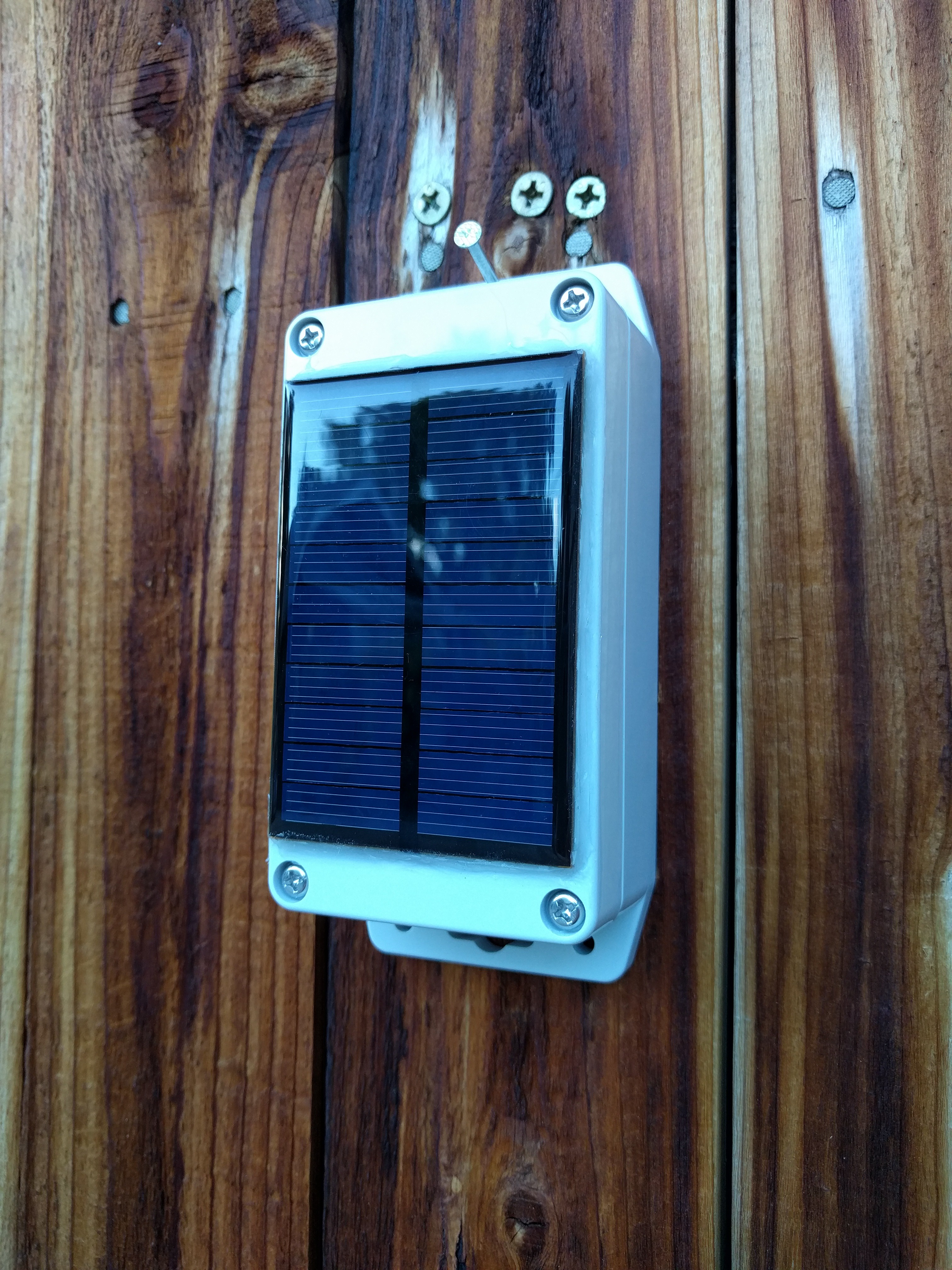
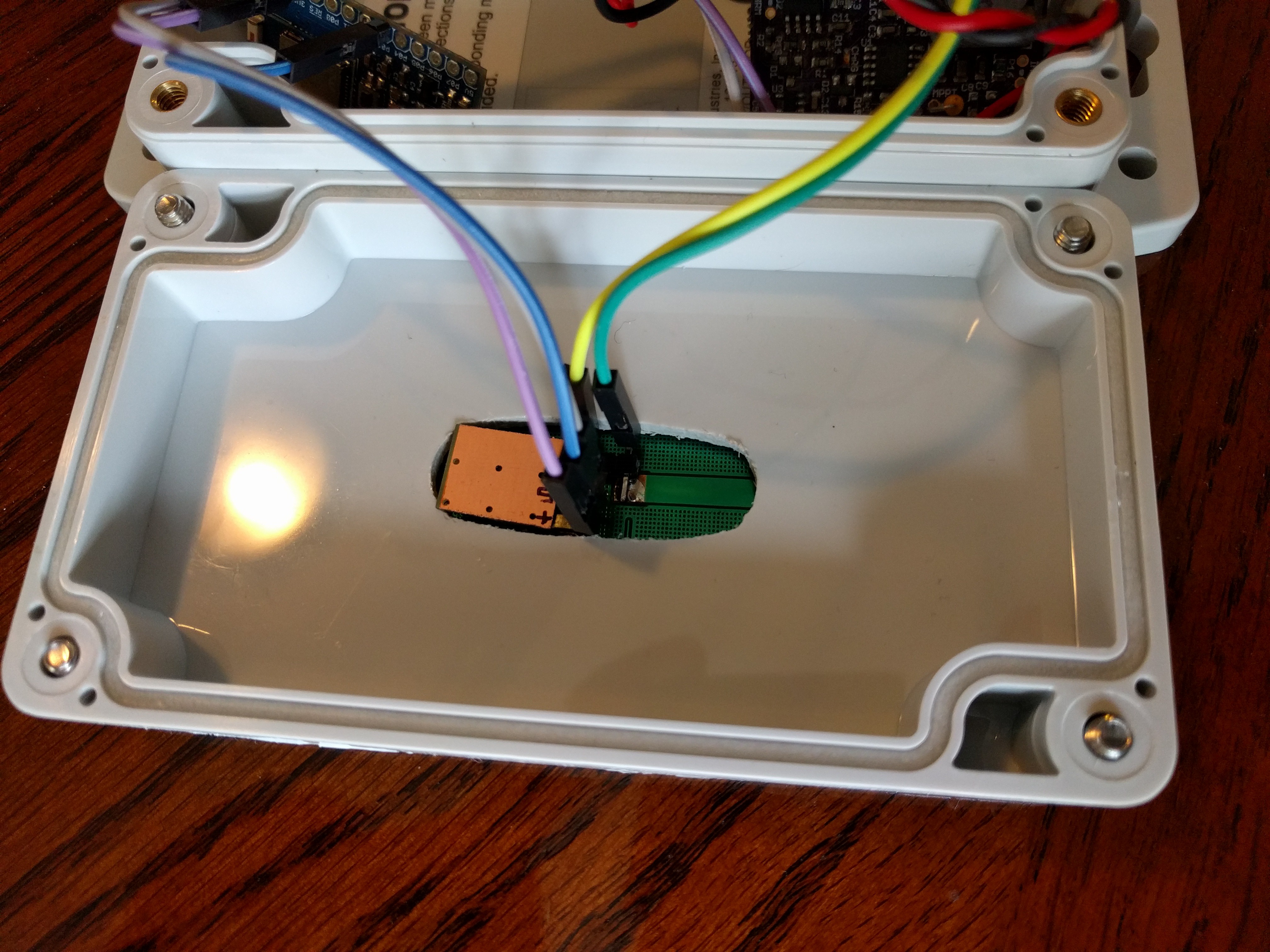
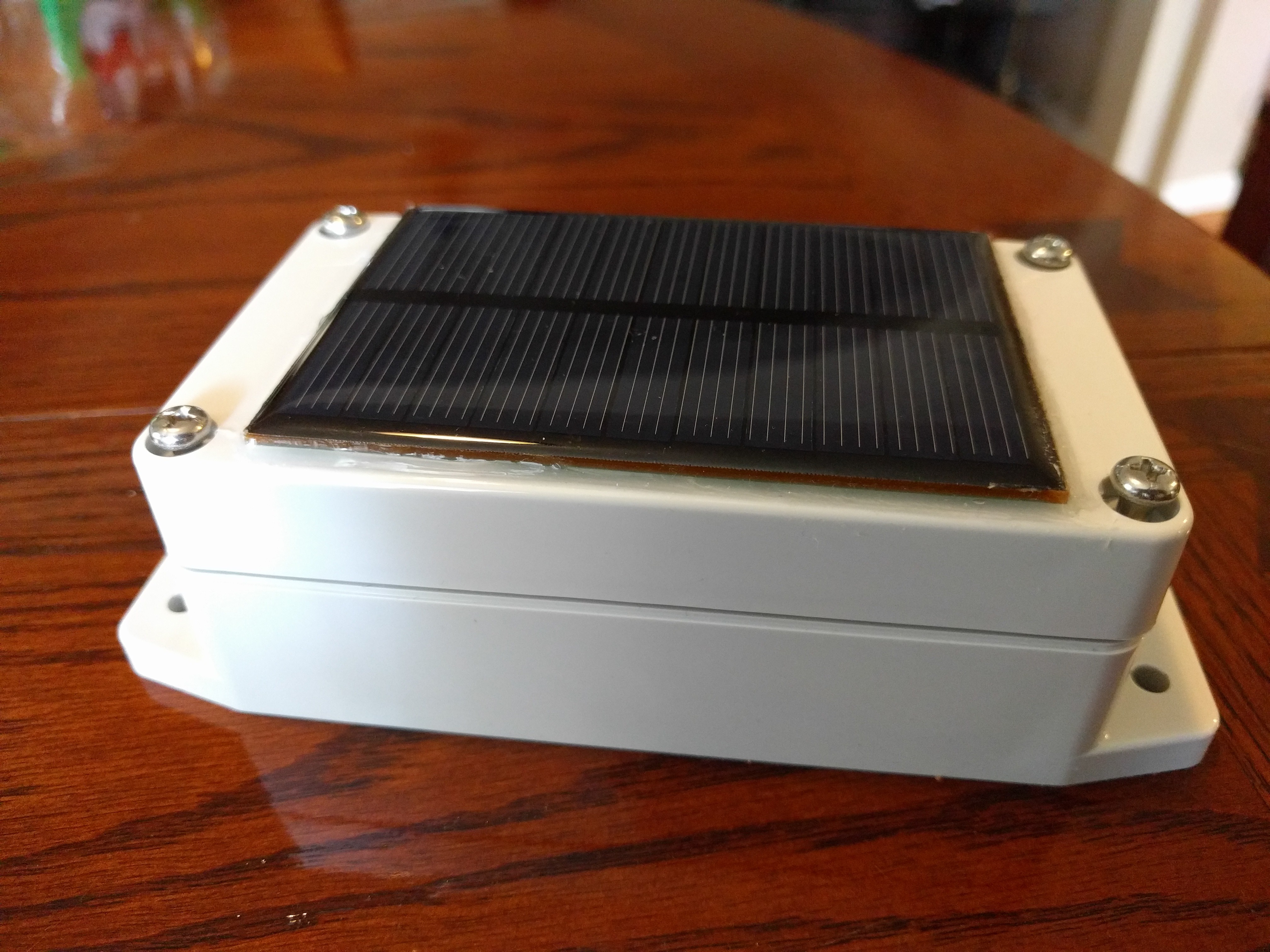
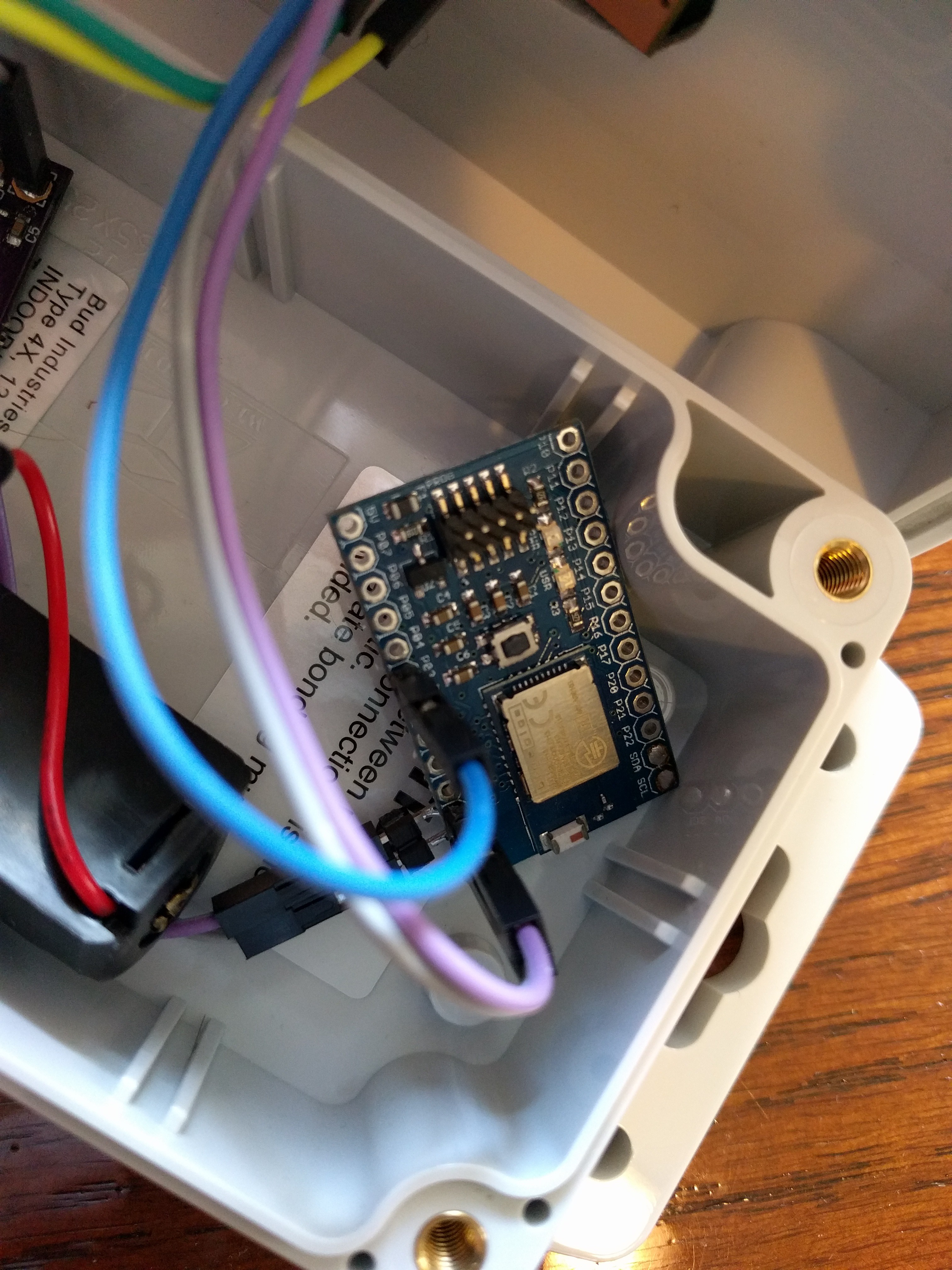
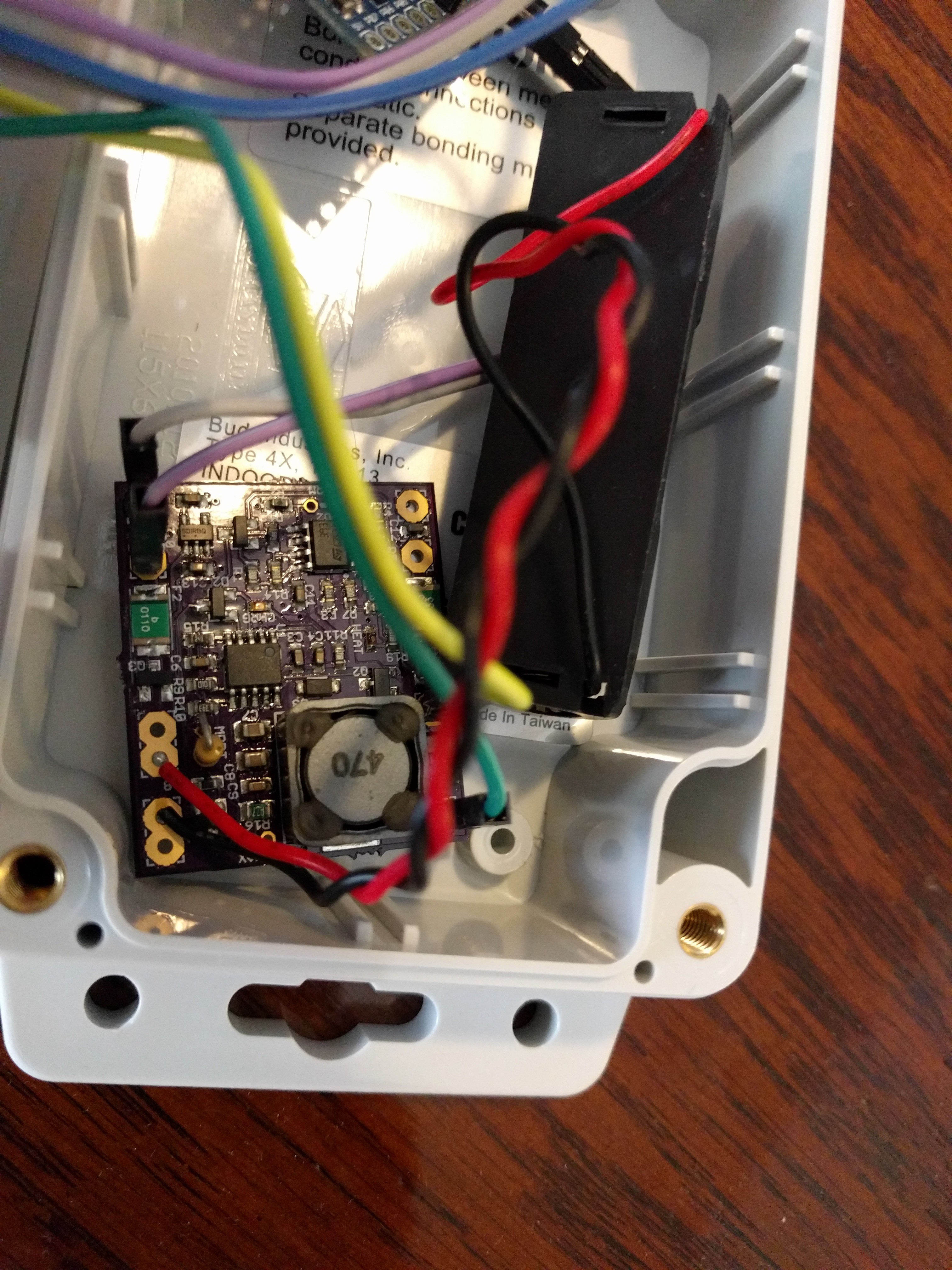
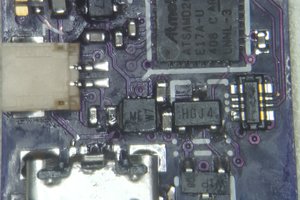
 DrYerzinia
DrYerzinia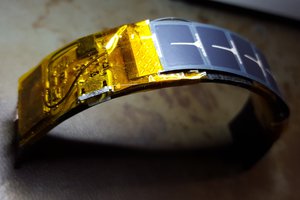
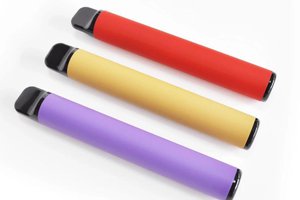
 Dimitar
Dimitar